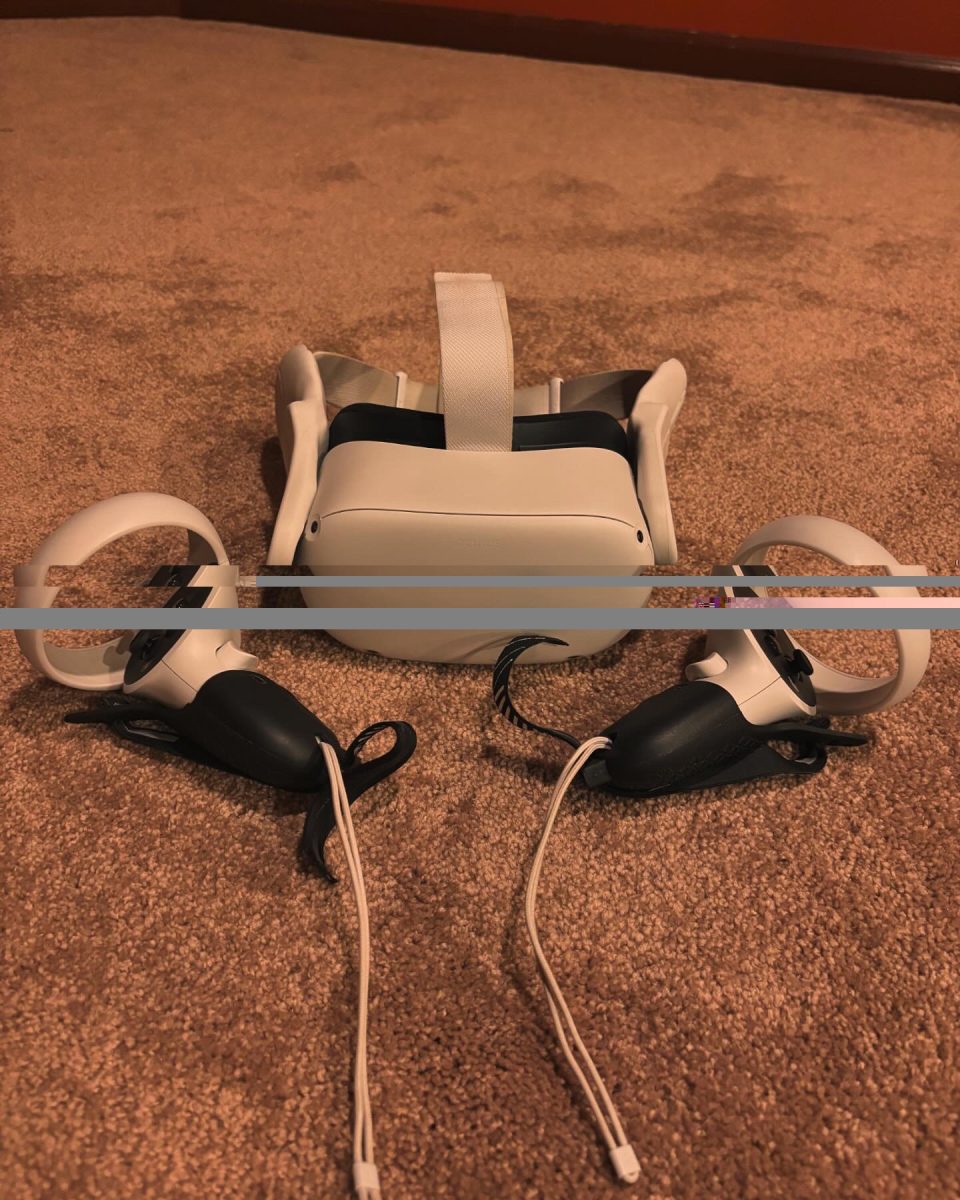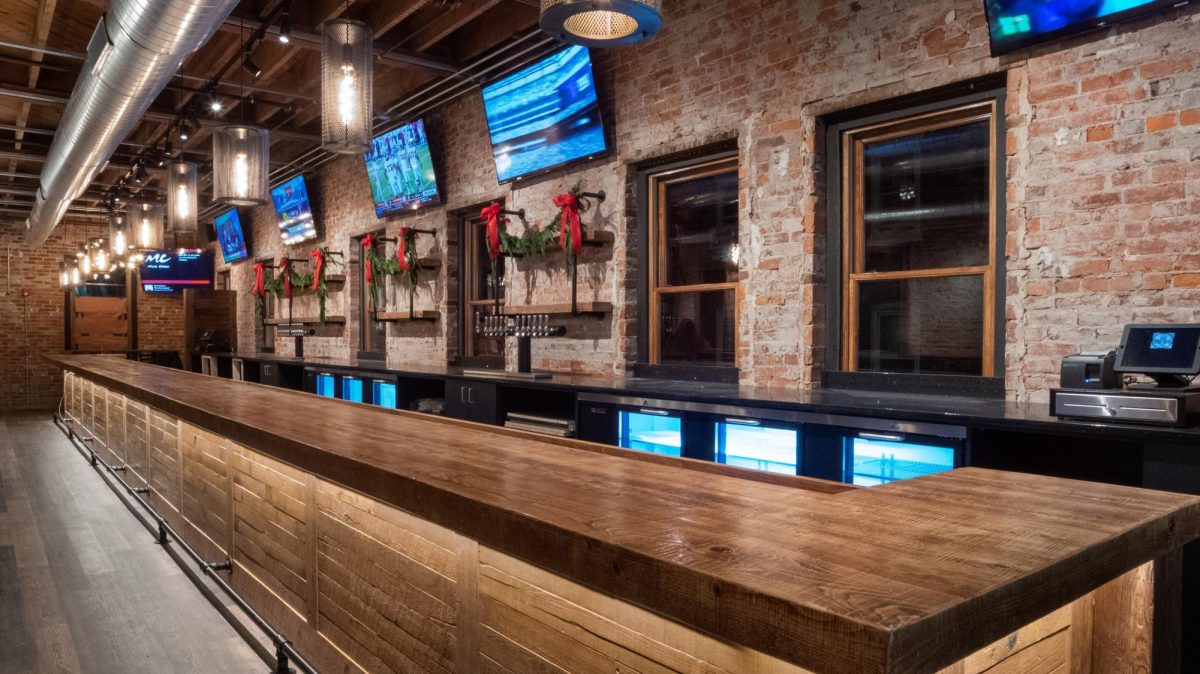Entrepreneurship thrives on innovation, and few technologies offer as much transformative potential as virtual reality (VR). While VR is often associated with gaming and entertainment, its applications in business are rapidly expanding. Entrepreneurs are leveraging VR to revolutionize product design, marketing, employee training, and customer engagement. This article explores how VR is reshaping the entrepreneurial landscape and why it’s becoming a vital tool for startups and established businesses alike.
1. Product Development and Prototyping
VR allows entrepreneurs to create and test product prototypes in immersive, virtual environments. This technology reduces the need for expensive physical models, enabling faster iteration and better design decisions. For example, architects and engineers can use VR to walk through their designs before construction begins, identifying potential flaws and making improvements in real time. Startups in the fashion, automotive, and tech industries are similarly using VR to refine products while saving time and resources.
Case in Point: Automotive Innovation
Ford’s immersive VR lab uses VR to test vehicle designs, allowing engineers to experience the layout and ergonomics of a car before building a physical prototype. Entrepreneurs in smaller automotive startups can adopt similar techniques, leveling the playing field against larger competitors.
2. Immersive Marketing and Branding
In today’s competitive market, entrepreneurs need unique ways to capture customer attention. VR offers immersive marketing experiences that stand out. Businesses can use VR to create virtual showrooms, interactive product demonstrations, and experiential advertisements. For instance, real estate agents can offer virtual home tours, and travel agencies can provide immersive previews of vacation destinations. These experiences create emotional connections with customers, driving engagement and loyalty.
A Real-World Example: Virtual Real Estate Tours
Startups like Matterport use VR to offer 3D virtual tours of properties, enabling prospective buyers or renters to explore spaces from anywhere in the world. Entrepreneurs in this space are redefining how customers interact with physical spaces, making location-based businesses more accessible.
3. Employee Training and Skill Development
For entrepreneurs managing teams, VR provides cost-effective and engaging training solutions. Employees can practice skills in realistic simulations, reducing risks and enhancing knowledge retention. For example, healthcare startups use VR to train medical staff in complex procedures, while retail businesses simulate customer service scenarios. VR-based training is particularly valuable in industries requiring safety protocols, such as construction and aviation.
The UPS Example
The UPS Integrad program uses VR to train delivery drivers. Drivers learn how to navigate challenging road scenarios and improve safety practices in a controlled, immersive environment. Entrepreneurs in logistics and transportation can adopt similar methods to streamline training and boost performance.
4. Global Networking and Collaboration
Entrepreneurs are no longer constrained by geography. VR platforms enable virtual meetings, conferences, and networking events, bringing people together from across the globe. This is especially beneficial for startups seeking international partnerships or market expansion. Platforms like VRChat and Spatial allow teams to collaborate in 3D environments, fostering creativity and innovation.
5. Challenges and Opportunities
Despite its potential, incorporating VR into entrepreneurship comes with challenges. High upfront costs for VR hardware and software can be a barrier for startups with limited budgets. Additionally, entrepreneurs must ensure their VR applications are user-friendly and accessible to a broad audience.
However, as VR technology becomes more affordable and advanced, these barriers are diminishing. With ongoing innovations in wireless devices, AI integration, and cloud-based solutions, VR is poised to become a cornerstone of entrepreneurial success.
6. Information Gained From Interviews
Adam Tatar, a business teacher at Pennridge High School, had many interesting views about virtual reality (VR) for business innovation. When asked about how VR would affect businesses in today’s society, Tatar said, “It will be great because it allows flexibility.” Tatar went on to say that VR will create new and expand upon existing methods in the business world. While talking about the future of business, Tatar stated, “What business won’t be using virtual reality?”. Tatar went on to claim that with the introduction of virtual reality, he believes that every business/company will begin to incorporate it until no business/company isn’t using it.
Akhil, a VR enthusiast and entrepreneur, emphasized how virtual reality is redefining business innovation. “It’s not just about gaming or entertainment anymore,” Akhil explained. He highlighted how VR is transforming industries like real estate, where virtual tours are making property viewings more efficient and accessible. Akhil also pointed out that while the cost of VR technology can be a challenge, startups can begin with simpler, affordable tools to create impactful customer experiences. “It’s all about finding creative ways to stand out in a competitive market,” he said.
7. Conclusion
Virtual reality is more than a trend—it’s a transformative tool reshaping how entrepreneurs operate and innovate. VR offers endless possibilities for creative and forward-thinking businesses, from streamlining product development to enhancing customer experiences and training employees. Entrepreneurs willing to embrace this technology are not just adopting a new tool; they’re paving the way for the future of business.






